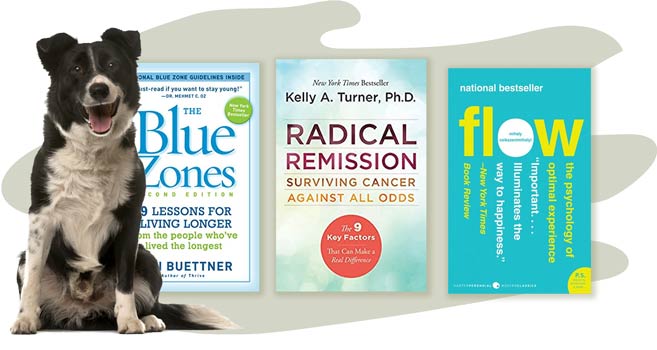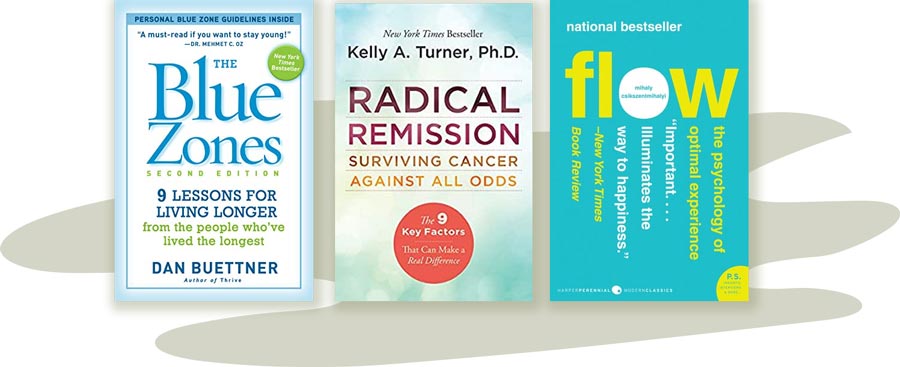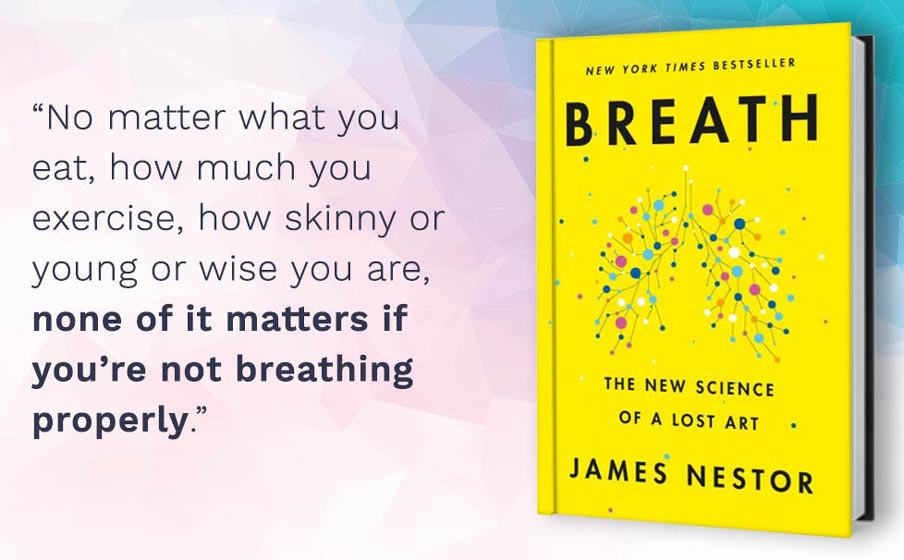
Putting the Individual Front and Center: Four Pillars of Practice for People and Pets Alike
Ever been good friends with a pair of identical twins? If so, you know that one of the most frustrating things for them as children is the assumption that they are alike simply because they share the same genes.
This blindness to individuality is not just something twins face. It’s also something that almost every single person or animal faces when seeking conventional medical or veterinary care. The ascendance of both germ and gene theory — the view that pathogens or genes “cause” dis-ease — has turned much of healthcare into a reductive “one size fits all” affair.

The individual is nowhere to be found in this “paint by number” approach to health and healing. Since a disease oriented approach to treatment fails to recognize and factor the vast individual differences in susceptibility that occur even in genetically identical populations, dis-ease is much more likely to be created in the process of attempting to cure it.
The reams of research on iatrogenic illness — illness that is caused by medical treatment — testify to the need for a radical paradigm shift that puts individuality front and center. Here are the four “pillars of practice” our veterinary team at Holistic Actions! rely on to keep individuality at the center of everything we do.
1. A NEW CONTEXT – the Individual
Treating each individual’s unique needs rather than treating dis-ease categories requires key insights drawn from the sciences of complexity. Living beings (humans and animals) are complex, self-organized systems. This means that individuals, like health and dis-ease are complex and are a dynamic expression of many differentially weighted yet intrinsically related variables.
In a healthy system, all these variables work together to preserve homeostasis of the whole system, allowing the person or animal to stably maintain its vitality and balance, and therefore to successfully defend against dis-ease. It’s only when this homeostasis begins to be lost that susceptibility to “genes and germs” sets in, making these variables just one piece of a much bigger, more complex puzzle.
2. A NEW MODEL – symptoms as clues
For too long, we have been conditioned to view symptoms as an enemy to be medically defeated. But symptoms are not our enemy but our ally. Knowing how to use all your pet’s unique symptoms as valuable clues for addressing specific imbalances is a critical part of the practice of truly “precision” medicine.
At Holistic Actions!, we teach pet guardians (who know their pets best) to track symptoms across the BEAM model, which stands for Behavior, Energy, Appetite, and Mood. We help them interpret these symptoms to guide individualized holistic treatment actions, closely tracking changes in them to help gauge and guide subsequent treatment.
3. A NEW METRIC – the exposome
Every pet, like every living being, has their own individual symptoms at different times. One stressor, like a virus, toxin, emotional stress, etc. can trigger 3 different responses in three different individuals. Scientists have created a new more holistic paradigm that quantitates internal biochemical responses by the body to stressors. The HA! interpretation of the exposome is that it may be a research-based modern paradigm for understanding your pet’s molecular susceptibility and individuality. We see the exposome as a molecular measure that can be used to reflect risk and the need that a person or animal will need highly individualized support to regain their vitality and balance.
The exposome provides robust metrics for assessing a person’s or animal’s adverse environmental influences (AEIs), or the number and severity of negative impacts they have experienced throughout their lifespan (and before birth). It factors in variables that include exposure to toxins, foods, emotional and other environmental factors like a history of abuse or neglect. AEIs increase the risks for dis-eases that all start at the cellular level. Holistic actions like playing, purring/sniffing (like pranayama) and petting have been clinically shown to improve quality of life and happiness for pets. The basis of the Happiness Protocol is individuality and the exposome.
4. A NEW GOAL – vitality & balance
Because the absence of dis-ease is not the same thing as radiant health, our team at Holistic Actions! are never content to simply alleviate symptoms, and we don’t stop even when we’ve successfully resolved an illness or medical condition. Instead, we aim at nothing less than working with pet guardians to build greater vitality and balance than ever before, and thus high levels of resilience and immunity.
By analogy, we’re not interested in spraying the struggling “garden” of our patients’ system with a battery of pesticides. And we won’t even settle for pulling out all the “weeds.” Instead, we want to learn exactly what’s behind each patient’s susceptibility so we can take individualized holistic actions to allow their “garden” (their internal system) to flourish and thrive.
We do this by increasing cellular energy with a customized multiplicity of targeted nutritional enhancements, dietary supplements, and specialized enrichment activities that promote wellbeing and happiness. The efficacy of these approaches is well documented in many respected research studies and public health resources and have been shown to positively correlate with greater overall health, extended longevity, and spontaneous remission from dis-ease, including cancer.
The time has come to restore individuality to its rightful place in the practice of medicine, human and veterinary. By assuming a complex systems view, assessing susceptibility with the exposome model, using symptoms as valuable clues, and moving beyond curing dis-ease to promoting health, we can at last do justice to each individual and do our part to usher in a new era of health, happiness, and human and animal flourishing.




